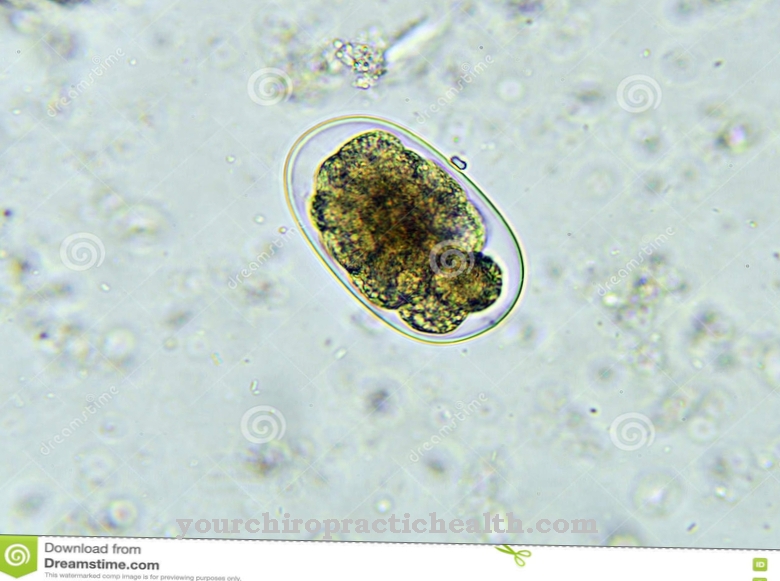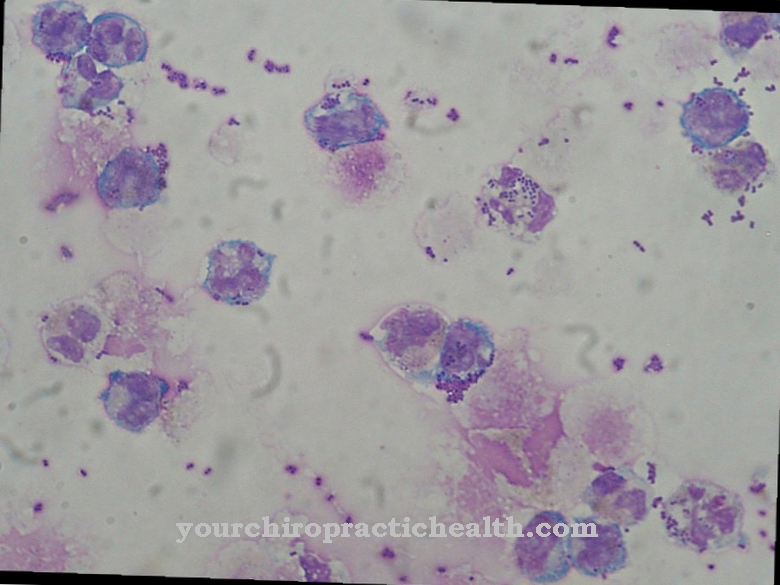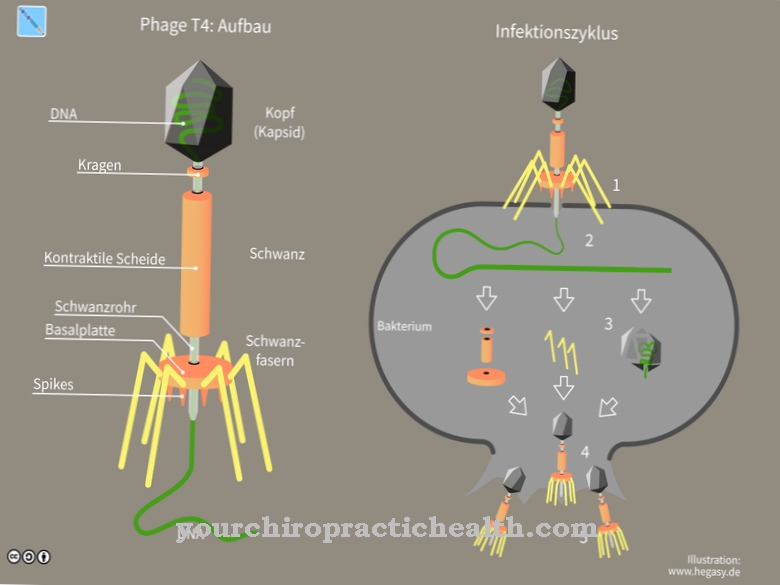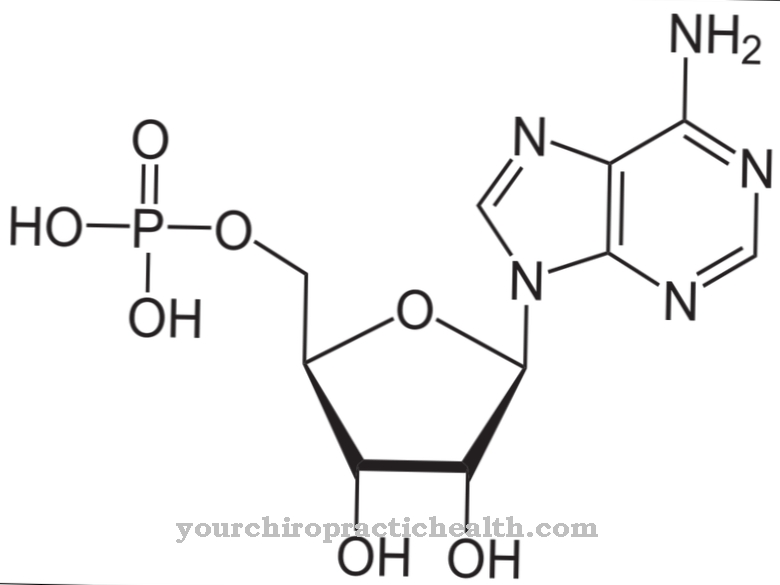Candida tropicalis is a pathogenic strain of Candida. The fungus can cause a variety of systemic and non-systemic fungal infections in the body.
What is Candida Tropicalis?
Candida tropicalis, like its well-known relative Candida albicans, is a yeast fungus. It belongs to the class of Saccharomycetes and to the order of the real yeasts. The fungus is an asexual Candida strain.
Around 10 percent of all systemic fungal infections are caused by Candida tropicalis. When Candida tropicalis is grown on agar it appears as a white-cream colony. It is bare or slightly wrinkled and yeast-like. The edge of the yeast colony is surrounded by mycelium. The individual fungal cells are spherical and resemble baker's yeast.
Just like Candida albicans, Candida tropicalis is one of the human pathogenic Candida strains. This means that the yeast can cause infections in humans. People who have a suppressed (lowered) immune system are particularly at risk. The fungus can often spread unhindered in the body, especially in people with HIV infection or in cancer patients undergoing chemotherapy.
Occurrence, Distribution & Properties
Candida tropicalis is a yeast that is ubiquitous. He feels comfortable in the ground as well as in excrement. Candida tropicalis also finds its way into food and beverages via fertilizers or the soil. Candida tropicalis is particularly common on shrimp, kefir, in water, in wine, on fish, in cocoa, on fruits and berries, in jam and in yoghurt. Candida tropicalis enters the human body through consumption of these contaminated foods.
It is controversial whether Candida tropicalis is also found in the intestines of healthy people. Some researchers say that Candida tropicalis is part of the normal intestinal flora. Other researchers assume that the fungus is only part of the transient flora. A microorganism that only passes through the intestine but does not settle in the intestine is referred to as transient. Normally, intestinal bacteria such as Escherichia coli or lactobacilli prevent foreign germs from settling. However, if the intestinal flora is disturbed, the fungi can spread in the intestines and cause a mycosis (fungal infection).
Illnesses & ailments
People who have large amounts of Candida tropicalis in the gastrointestinal tract show symptoms such as gas, diarrhea, constipation, and abdominal pain. Usually, Candida tropicalis only remains in the intestines. However, if the immune system is compromised, the infection can quickly spread throughout the body. The fungi penetrate the inflamed intestinal mucosa and thus enter the bloodstream. From there, they spread throughout the body.
Candida tropicalis is a leading cause of sepsis (blood poisoning) and systemic candidiasis. Candidiasis, also called candidiasis, is a collective name for infectious diseases caused by Candida tropicalis or Candida albicans. Systemic candidiasis mainly affects patients with leukemia, diabetes mellitus and lymphoma.
The yeasts often settle in the urogenital tract and cause urinary tract infections there with symptoms such as burning sensation when urinating, discharge and pain when using the toilet. Sinusitis (inflammation of the paranasal sinuses) is also caused by the fungi when the immune system is suppressed. Typical symptoms of sinusitis are headache and fatigue. Candida tropicalis can also manifest in the airways. If the lungs are affected, serious breathing problems can develop.
Other places of infection that are often affected by Candida mycoses are the oral mucosa under dentures, the genital mucosa, the nail folds and the conjunctiva. On the skin, the fungus appears as a strong reddening with itching. A whitish coating that can be wiped off forms on the mucous membranes.
When the vaginal yeast infection occurs, women affected suffer from vaginal discharge and itching. The damage to the mucous membrane leads to pain during intercourse and pain when urinating. If the man's glans is infected with fungus, balanitis develops. This can lead to purulent secretion. The glans is swollen and painful.
Superficial candidiasis usually heal quite easily. However, when organs are affected, the infection can be life threatening. Sepsis is particularly feared. Colloquially, sepsis is also called blood poisoning. It is a systemic inflammatory response of the body to infection with Candida tropicalis. In the course of sepsis, the vital functions of one or more organs are severely disturbed. Life-threatening multiple organ failure may occur. The prognosis is rather poor even with immediate therapy. Almost half of all patients die despite treatment.
Treat infections with Candida tropicalis early because of the risk of sepsis. Antifungal drugs such as voriconazole, caspofungin or fluconazole are also used. The over-the-counter nystatin can also be used for treatment. However, there are some strains that are now resistant to nystatin. Since Candida tropicalis has a much higher virulence than Candida albicans, the fungal strain has gained clinical importance.
Various methods are used for diagnosis. Cultures can be created. If this happens, it is advisable to take a fungal antibiogram. The fungal antibiogram shows which antimycotics the yeast reacts to. The diagnosis can also be made using the polymerase chain reaction (PCR). The PCR is carried out in medical and biological laboratories and is used to detect fungal diseases. Samples of blood, saliva, urine, a vaginal swab or nails are required for the examination. Samples can also be taken from stool or sinus fluid.
















.jpg)


.jpg)







.jpg)
